First Copper Hit at FMR as Drill Heads Deeper
FMR’s first copper hit confirms the system’s alive at depth, with the main target now just ahead
Our portfolio company FMR Resources (ASX: FMR) just hit copper in Chile. And the drill’s still going.
Today, the company confirmed copper mineralisation in its first hole at Southern Porphyry, including 1 metre at 1.7% copper.
Copper’s shown up at the project before in shallow historic drilling, but this result proves the system stays mineralised as the drill pushes deeper than anyone’s gone before.
That suggests a larger copper source sitting below, lining up with FMR’s modelling, which has accurately mapped features now being intersected in the drill core.
The drill’s now past 800 metres and heading for the main target. If there’s a bigger system down there (and the signs suggest there might be), we’ll know soon enough.
We first backed FMR at 16c earlier this year, seeing real potential in its Chilean ground and tight structure. With drilling now delivering copper where the models predicted (and global copper supply still tightening) that early call is starting to play out.
Now at 32 cents a share and a market value around $15 million, with legendary prospector Mark Creasy a substantial holder on the register (the same name behind billion-dollar discoveries Sirius and Azure), FMR’s still priced like an early-stage explorer.
If they hit what they’re looking for at depth, that valuation won’t last long.
We cut together a short video from footage FMR Managing Director Oliver Kiddie sent through from site, a quick look at the first drill turning at Southern Porphyry.
Copper Hit Confirms the System’s Alive
The first hole has done what every explorer hopes for in a maiden drill program: it’s hit copper early.
After all the technical work, FMR targeted an area modelled as an epithermal system sitting above a deeper porphyry core, and so far, the drill’s proving them right.
The 1.7% copper interval represents a working system, and that gives every reason to believe the larger porphyry target below could also carry copper.
It’s part of a 9-metre interval grading 0.41% copper and 0.10 g/t gold from 171 to 180 metres downhole, confirming consistent mineralisation within the epithermal zone.
The upper part of the hole has also shown visible chalcopyrite veins (that’s the same copper-bearing mineral found in some of the world’s biggest copper deposits), plus anhydrite and pyrite. These minerals typically turn up when a strong copper system is pushing fluids through the rock.
Put simply: these are all signs of a live system that could be feeding into something much larger below. FMR’s hitting the right ingredients for a major copper discovery.
You don’t get this kind of mineralisation unless there’s a serious heat source and metal source driving it. The intercept sitting exactly where the low-resistivity zone was predicted gives the team added confidence that the main anomaly below could be the copper-rich centre they’ve been targeting.
Next Stop: The Main Porphyry Core
Between 400 and 700 metres, FMR’s hit chalcopyrite veins filled with copper and wide zones containing anhydrite, pyrite and quartz. These are the minerals that usually form close to the outer edges of a porphyry copper deposit.
The drill bit is now pushing past 800m towards the large anomaly that is believed to be the centre of the system and the possible source of all the copper seen so far.
The hole is planned to go to around 1,600 metres, and the signs have been encouraging to this point. FMR’s hoping the deeper they go, the stronger the signs become.
The real test comes when the drill reaches the centre of that target. That’s where the copper should be most concentrated and where the company could confirm the source driving the system.
If FMR intersects a thick mineralised zone at depth, even something like 100 metres at 0.5% copper equivalent or more, the market will take notice. Fast.
Large porphyries can hold hundreds of millions of tonnes of copper, so the scale of what could be sitting below is huge.
Big Names, Small Valuation
What makes the setup interesting right now is timing, with the main porphyry target expected to be hit shortly and the next update not far away.
The story’s moved from theory to evidence, as the geology continues to prove itself with every metre drilled.
FMR is operating within a six-kilometre mineralised corridor in Chile’s Llahuin district, an area hosting several copper, gold and molybdenum systems.
Companies in this region that have confirmed porphyry mineralisation often trade in the hundreds of millions, while FMR remains at only a fraction of that value.
Alongside Creasy, the register includes Justin Werner, a proven builder of billion-dollar mining companies.
Institutional investors such as Tribeca and Inyati Capital have also taken positions. These are serious names that only appear on registers that have strong potential.
The technical work’s stacking up, there’s near-term drilling catalysts, and the backing is first-rate.
All Eyes on the Next Results
The next results from the core will be the most important in the company’s history.
They’ve got the capital to keep drilling, momentum from early success, and a register stacked with people who know how to pick winners. The market’s been watching cautiously, waiting to see if this becomes something real.
If FMR hits copper at depth, this shifts from early technical success to one of the most watched copper stories on the ASX.
All the right pieces are in play. The next few hundred metres will tell us everything.



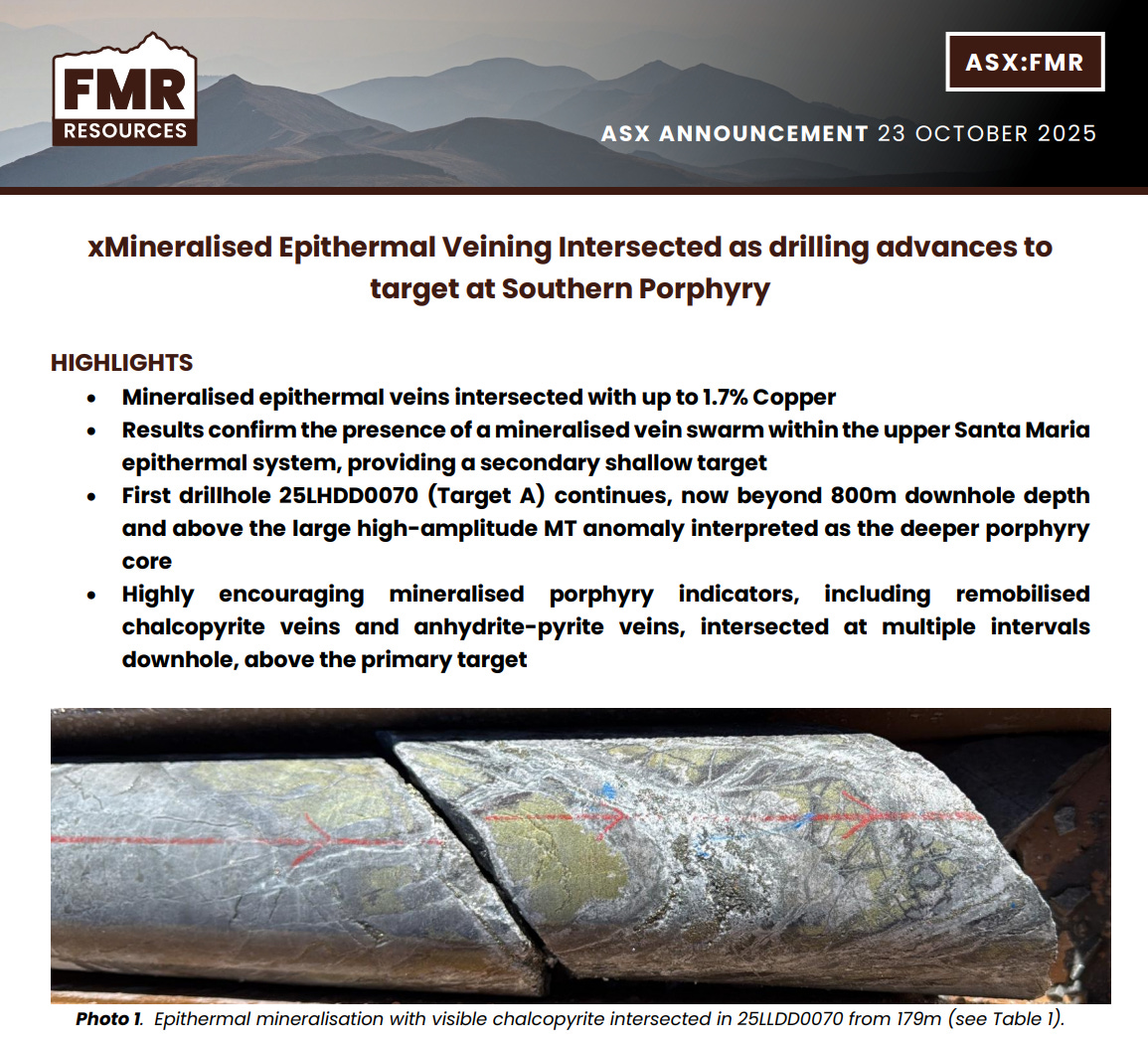
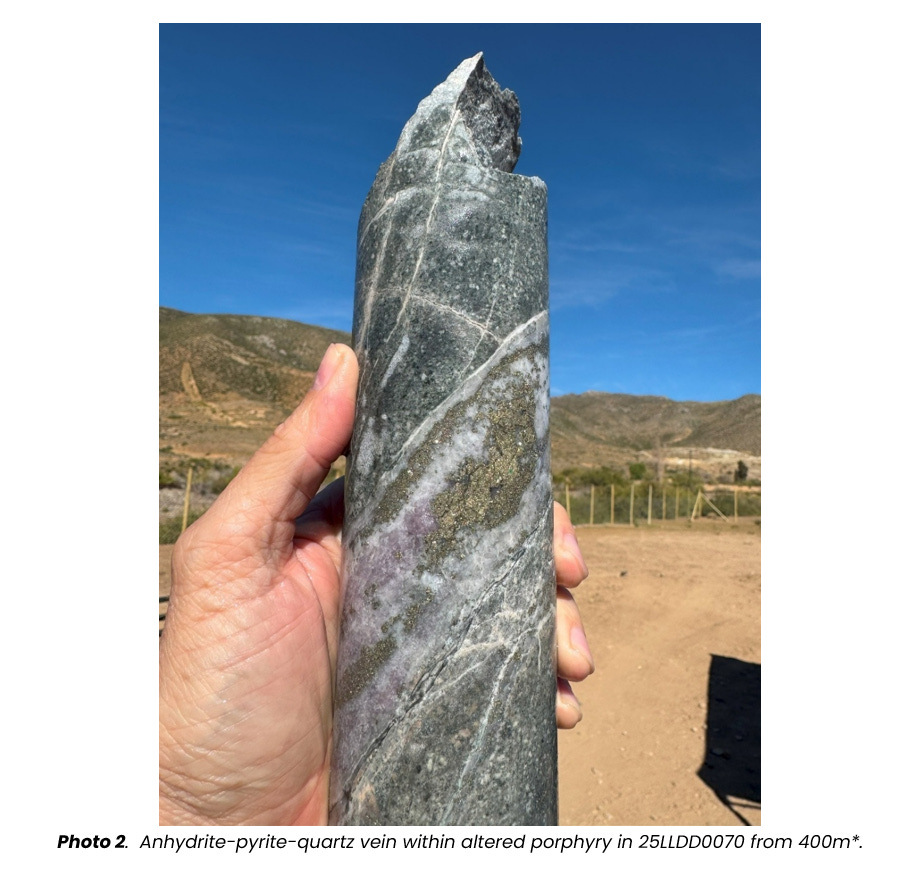

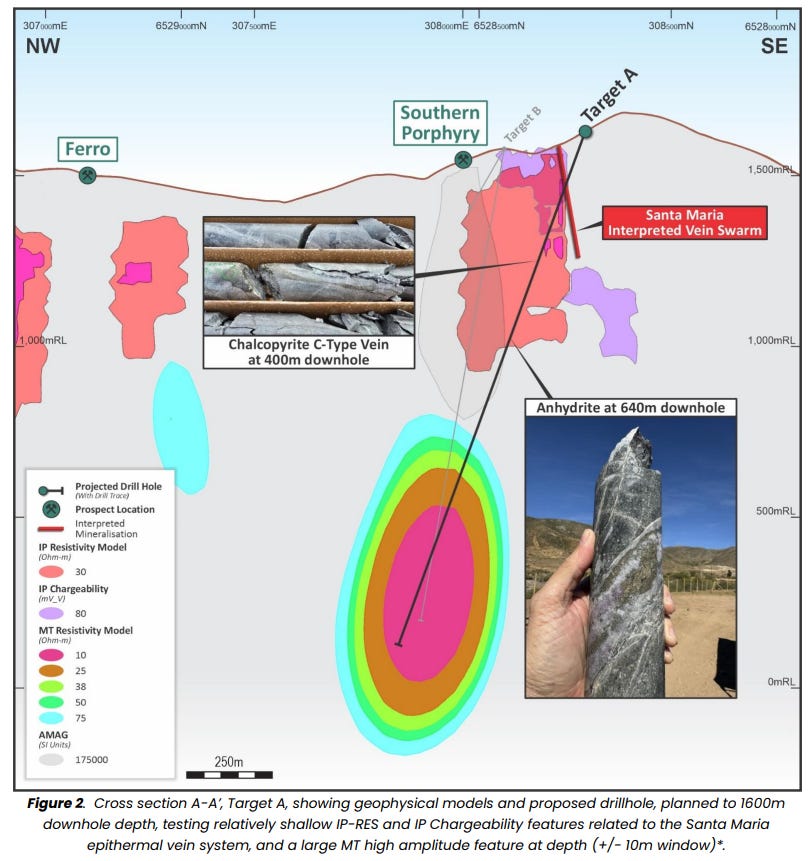
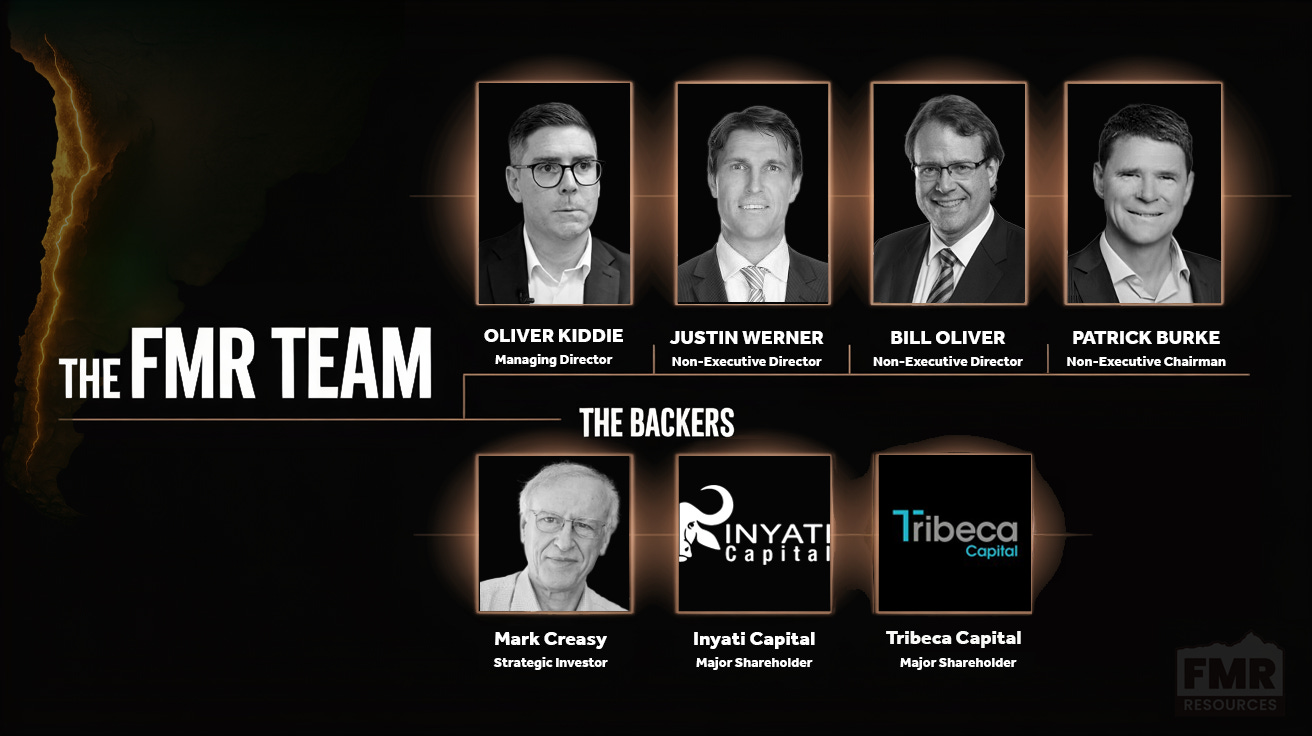
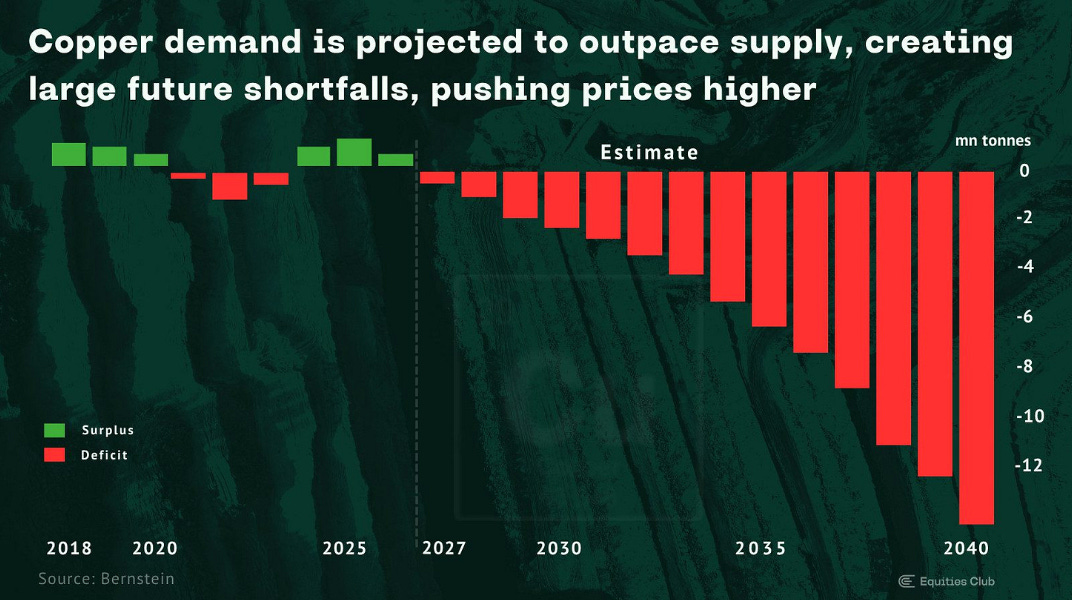
What's your exit strategy? Take partial profit at discovery?